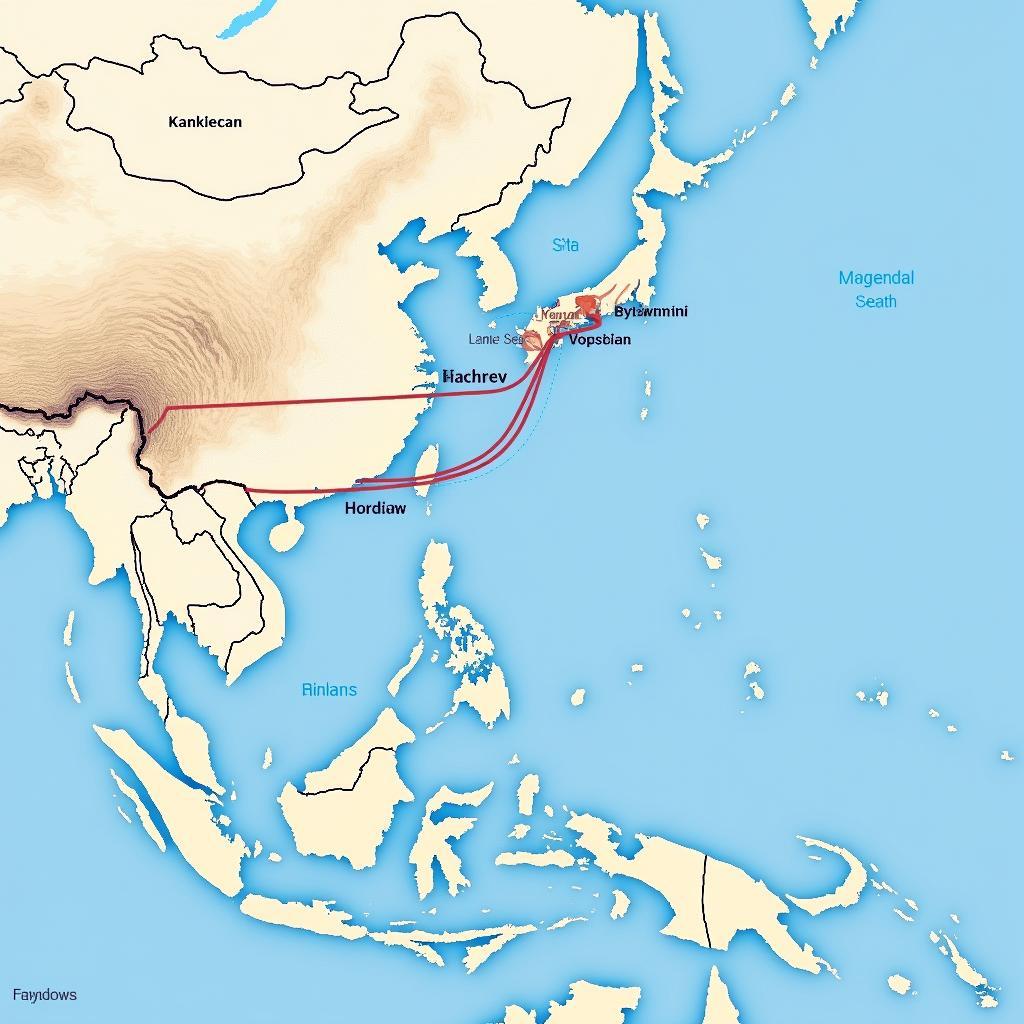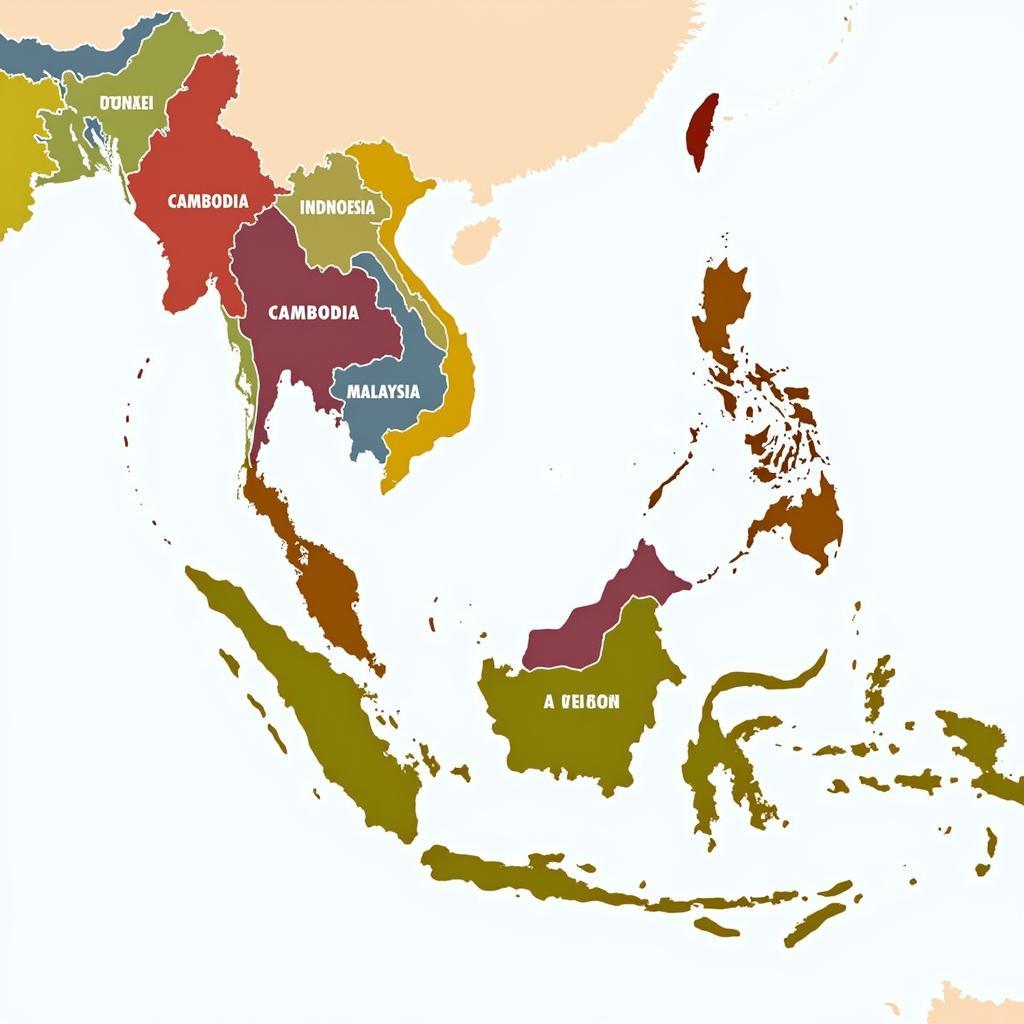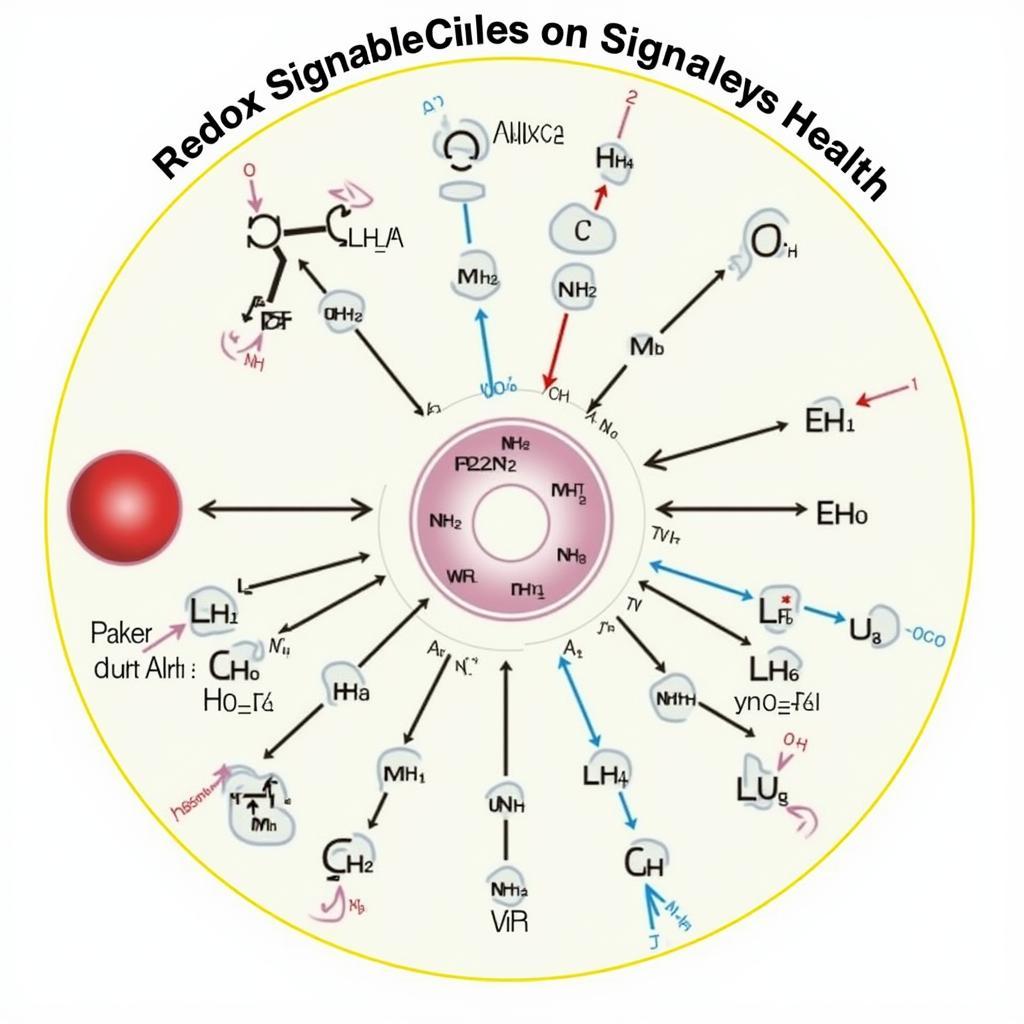The South China Sea, a crucial waterway for global trade and rich in marine resources, has long been a point of contention in Southeast Asia. This contested maritime region, with overlapping territorial claims involving several ASEAN member states and China, presents a multifaceted challenge to regional stability and cooperation.
ASEAN’s Role in Managing Tensions
ASEAN, the Association of Southeast Asian Nations, plays a crucial role in navigating the complexities of the South China Sea disputes. Recognizing the potential for conflict, ASEAN has actively sought to promote dialogue, build trust, and manage tensions among the claimant states.
One key element of ASEAN’s approach has been the pursuit of a Code of Conduct (COC) in the South China Sea. This proposed framework aims to establish guidelines for maritime activities, prevent incidents at sea, and foster a more predictable and stable environment.
asean and china draft of code of conduct
Economic and Geopolitical Significance
The South China Sea holds immense economic significance, serving as a vital artery for global trade. A significant portion of international shipping, including energy shipments, transits through its waters, making it a critical link in the global supply chain. The region’s abundant natural resources, including fish stocks and potential oil and gas reserves, further elevate its importance.
Geopolitically, the South China Sea represents a convergence point for major powers. The interests of China, the United States, and other regional players intersect in this maritime space, adding layers of complexity to an already delicate situation.
Challenges and Opportunities for ASEAN
Managing the South China Sea disputes presents both challenges and opportunities for ASEAN. Maintaining unity and a common front among its member states, some of whom have differing perspectives on the issue, remains paramount. Balancing national interests with regional stability requires careful diplomacy and a shared commitment to peaceful resolution.
Despite the challenges, the South China Sea also presents opportunities for ASEAN to strengthen its role as a regional security architect. By facilitating dialogue, fostering cooperation on maritime security, and working towards a binding COC, ASEAN can contribute significantly to a more stable and prosperous Southeast Asian region.
asean and south china sea dispute
 Map highlighting major shipping routes in the South China Sea
Map highlighting major shipping routes in the South China Sea
The Way Forward: Cooperation and Diplomacy
The path to a peaceful and sustainable resolution in the South China Sea lies in continued dialogue, diplomacy, and adherence to international law. ASEAN, with its convening power and commitment to regional stability, plays an indispensable role in this process. By working collaboratively with all parties involved, ASEAN can foster an environment conducive to finding peaceful solutions and ensuring the long-term stability and prosperity of the South China Sea.
FAQs
What is ASEAN’s position on the South China Sea disputes?
ASEAN maintains neutrality and does not take sides in the individual territorial claims. The organization’s focus is on promoting peace, stability, and adherence to international law.
What is the Code of Conduct (COC) in the South China Sea?
The COC is a proposed framework aimed at establishing guidelines for maritime activities, preventing incidents, and managing tensions in the South China Sea.
Why is the South China Sea important for ASEAN?
The South China Sea is crucial for ASEAN due to its economic significance, rich resources, and geopolitical importance. Regional stability is vital for ASEAN’s growth and prosperity.
Need assistance? Contact us at Phone Number: 0369020373, Email: [email protected] or visit us at Thon Ngoc Lien, Hiep Hoa, Bac Giang, Vietnam. We have a dedicated customer support team available 24/7.

